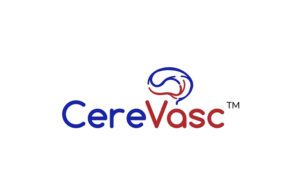 CereVasc announced today that it received a second FDA investigational device exemption (IDE) for its eShunt system.
CereVasc announced today that it received a second FDA investigational device exemption (IDE) for its eShunt system.
The IDE allows CereVasc to initiate a pilot trial of the eShunt system in patients who develop communicating hydrocephalus post aneurysmal subarachnoid hemorrhage (paSAH). The company received its first IDE to begin a trial of the eShunt for normal pressure hydrocephalus in February.
“We are excited to receive IDE approval from FDA to conduct a second pilot study in the U.S. of the eShunt system in patients who develop hydrocephalus following subarachnoid hemorrhage,” CereVasc Chair and CEO Dan Levangie said in a news release. “Enrolling in parallel with our first IDE study in patients with normal pressure hydrocephalus (NPH), this study will allow us to further examine the safety and efficacy of the eShunt System in a second etiology of hydrocephalus, both of which present a number of management challenges to physicians.”
Boston-based CereVasc designed the eShunt device to offer a minimally invasive treatment with the potential to result in benefits over the current gold-standard treatment. Its features include an endovascularly implantable cerebral spinal fluid (CSF) shunt and delivery components, which are designed to treat CH without invasive surgery
“Considering the encouraging results from our first-in-human study of the eShunt System in Argentina in patients with hydrocephalus secondary to subarachnoid hemorrhage, we are eager to study the same patient population in the US,” said Dr. Adel Malek, neurosurgeon and chief of neurovascular surgery at Tufts Medical Center, Boston.